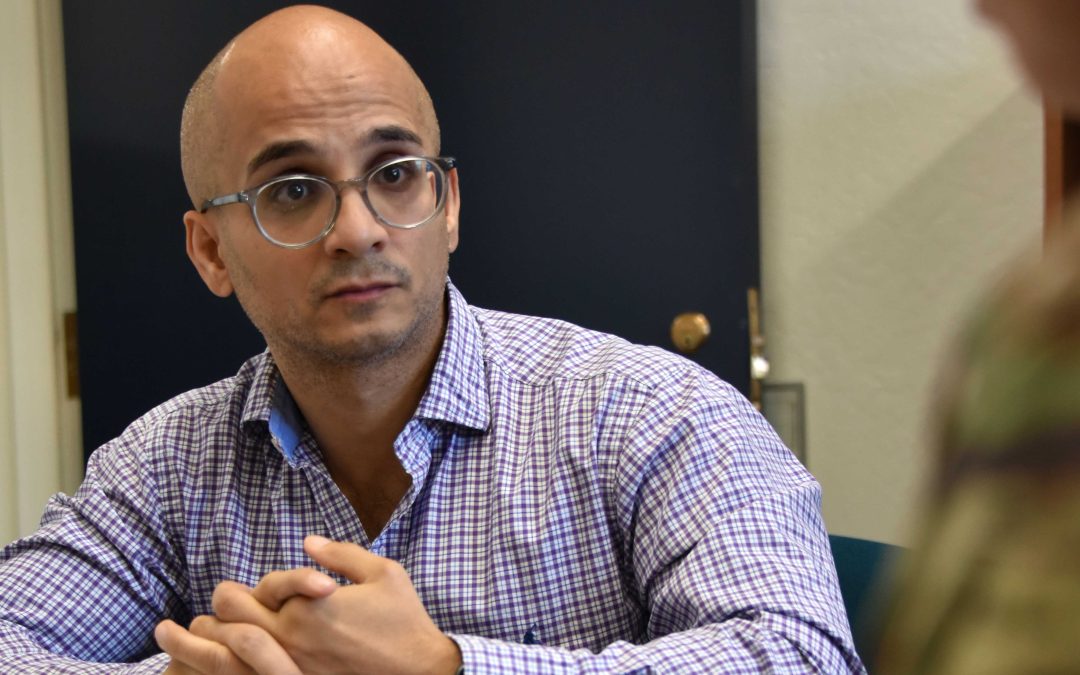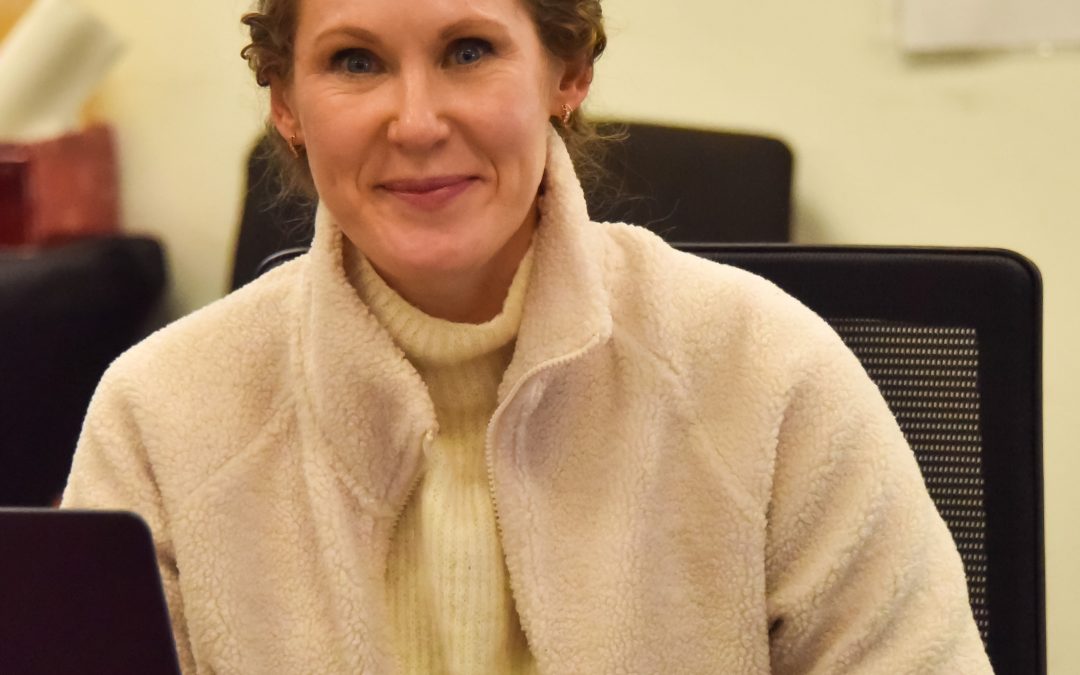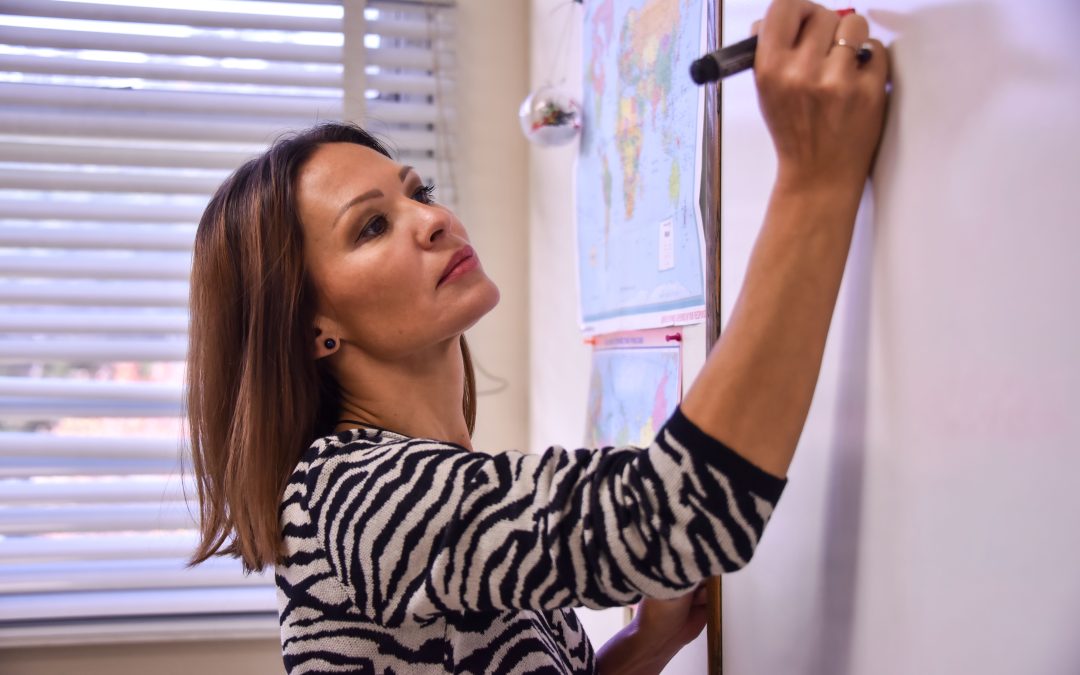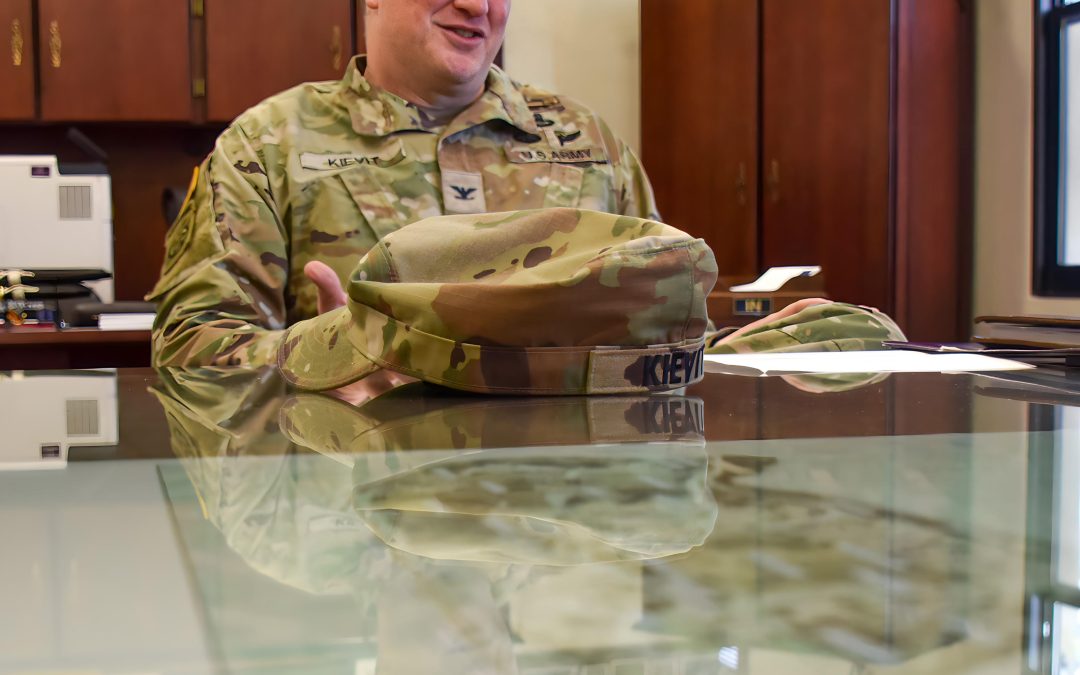By Tammy Cario
Never has the value of technology been so evident as in the time of a worldwide pandemic, when, for some, being able to telework from their own homes is the difference between life and death. For the faculty and staff at the Defense Language Institute Foreign Language Center, the speed of the switch, from face-to-face to online training only happened over the course of one week.
“It was like an airplane taking flight,” said Golnaz Monazamfar. “We were putting pieces together as we were midair.”

(Photo courtesy Pexels)
Monazamfar is the lead for Education, Training and Development’s Micrososft 365 team, a group of DLIFLC staff that was brought together March 18, the first day the Institute began to shelter in place. Essentially, they provide online training that teaches the teachers. “We just had to jump on it and provide training to all faculty and staff and get them ready” to teach online rather than in the traditional classroom setting.
It was no easy task. To begin with, the timeline to learn the online platform was quick. One week the instructors were doing practice runs with the students and the next they were working from home.
Aymen Alqasem, a lead instructor at the Arabic language schoolhouse and someone who considers himself fairly tech savvy, said he and his fellow teachers were excited to work from home. “We are thinking this was going to be easy. No commute, that’s wonderful! We were looking forward to it actually.”
One week in, however, he and his team discovered there was an adjustment period.
“It was hard, especially with communication,” Alqasem said.
It was ETD’s job in the beginning to help the instructors not only learn how to teach better but how to use the online communication format with each other. They started teaching staff the basics and it took off, taking them from a seven-person team to 22.
“The questions kept coming,” said Monazamfar, “Now we’re kind of in everything.” Over the course of five months, they went from addressing pedagogical issues to coaching, teaching and providing technical support. “So, we wear many hats,” she said.
Hong Kim, a lead instructor at the Korean language schoolhouse, and his team use different software applications, depending on the class, he says, “because each team has their own unique culture and characters and colors.” He utilizes EDT’s videos based on what application the instructor is using.
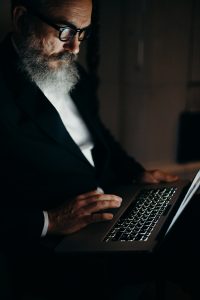
(Photo courtesy Pexels)
Every instructor has their own method of teaching and working online is no different. Which is why the EDT team put together a monthly meeting where instructors share their best practices. The discussions range from using video as a teaching tool to how to raise reading comprehension.
“I like to get teachers feedback,” said Kim, because he feels it saves his team time “based on what other teachers have gone through.”
Screen fatigue is a topic that comes up often. Alqasem, who also likes ETD’s instructional sessions on best practices, believes balance is important. He uses something he calls Operation Autonomous Learner – time in the afternoon for the student to get away from the screen. “We give students autonomous reading. They read the article on their own,” he said. “We encourage them not to read the PDF version. Read your books and use paper dictionaries.”
Kim has a similar philosophy for his students, who are at the halfway point of their classes. “If you run too fast, you will run out,” he said. “I ask them to go and hang out with a friend or even just go to the beach and walk around.”
Joemer Ta-Ala, assistant provost with ETD, has heard repeatedly that the question is not if DLIFLC staff, faculty and students will going back to work at the Presidio of Monterey, but when. For Ta-Ala, that doesn’t mean his team will fade into obsoletion. It will be what he describes as a “happy marriage between content and technology.”
“If there’s anything I learned from this unfortunate event that is COVID,” he said, “it’s that it is possible to blend fun and content…and make this our new normal. That’s the vision ETD has.”

